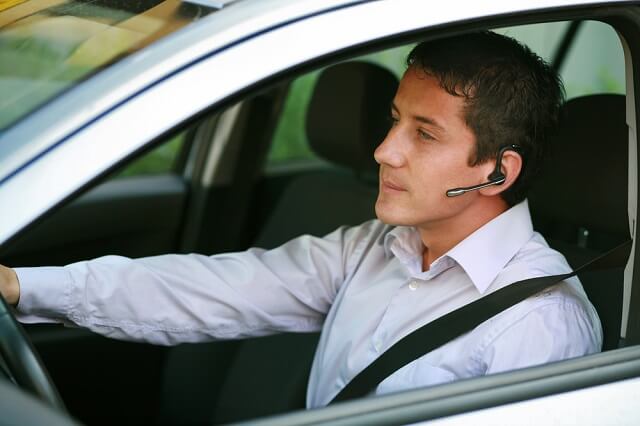Even though there is usually less traffic on rural roads than those in big cities, there are still a number of potential hazards that drivers need to be aware of. In fact, if a driver is accustom to driving on mainly highways and in big cities, they may be unaware and unprepared for the hazards they encounter on rural roads. Here you can learn more about some of the driving dangers and how to remain safe while on rural roads.
Risks and Accidents on Rural Roads
Only about 23 percent of Americans live in rural areas. As a result, many people mistakenly believe that driving on rural roads is safer, simply because there aren’t as many people. Unfortunately, according to information from the National Highway Traffic Safety Administration, six out of 10 fatal accidents take place on rural roads – this means that 60 percent of all fatal accidents occur on rural roads.
However, that number is just an average. A shocking 90 percent of fatal accidents occur on rural roads in many states. IN fact, a driver is two and a half times more likely to be fatally injured in a car accident per mile on rural roads than on urban ones.
Common Causes of Accidents on Rural Roads
It is important to use extra caution when driving on rural or “country roads” because they usually aren’t designed for high-speed, efficient travel like roadways in urban areas are. Some of the safety hazards present that are most likely to result in an accident include:
- Lack of accurate maps or signs
- Blind curves
- Unusually sharp curves or steep hills
- Narrow width that isn’t sufficient for vehicles to safely pass
- Obstacles on the road such as debris, animals and farm equipment
- No guard rails or shoulder
- Damaged or rough road surface
- Soft surface with dirt and gravel that has not been compacted
Tips for Remaining Safe on Rural Roads
If you want to protect yourself while driving on rural roads, you need to use common sense. For example, don’t drive impaired and wear your seatbelt. Remember, it is important not to speed on these roads, even if it is tempting because of minimal traffic. The likelihood of stray animals being in the road is high, along with other obstacles.
Rural roads don’t have to be dangerous, but you do need to understand that the obstacles and hazards present on these roads are different than what is encountered in urban areas. Being prepared and knowing what to expect is the best way to keep yourself, your passengers and anyone else on the road safe. If you are involved in an accident on a rural road that was not your fault, contact a personal injury attorney. They can review the facts of your case and help you recover the compensation you deserve for the injuries and damages you suffered.




